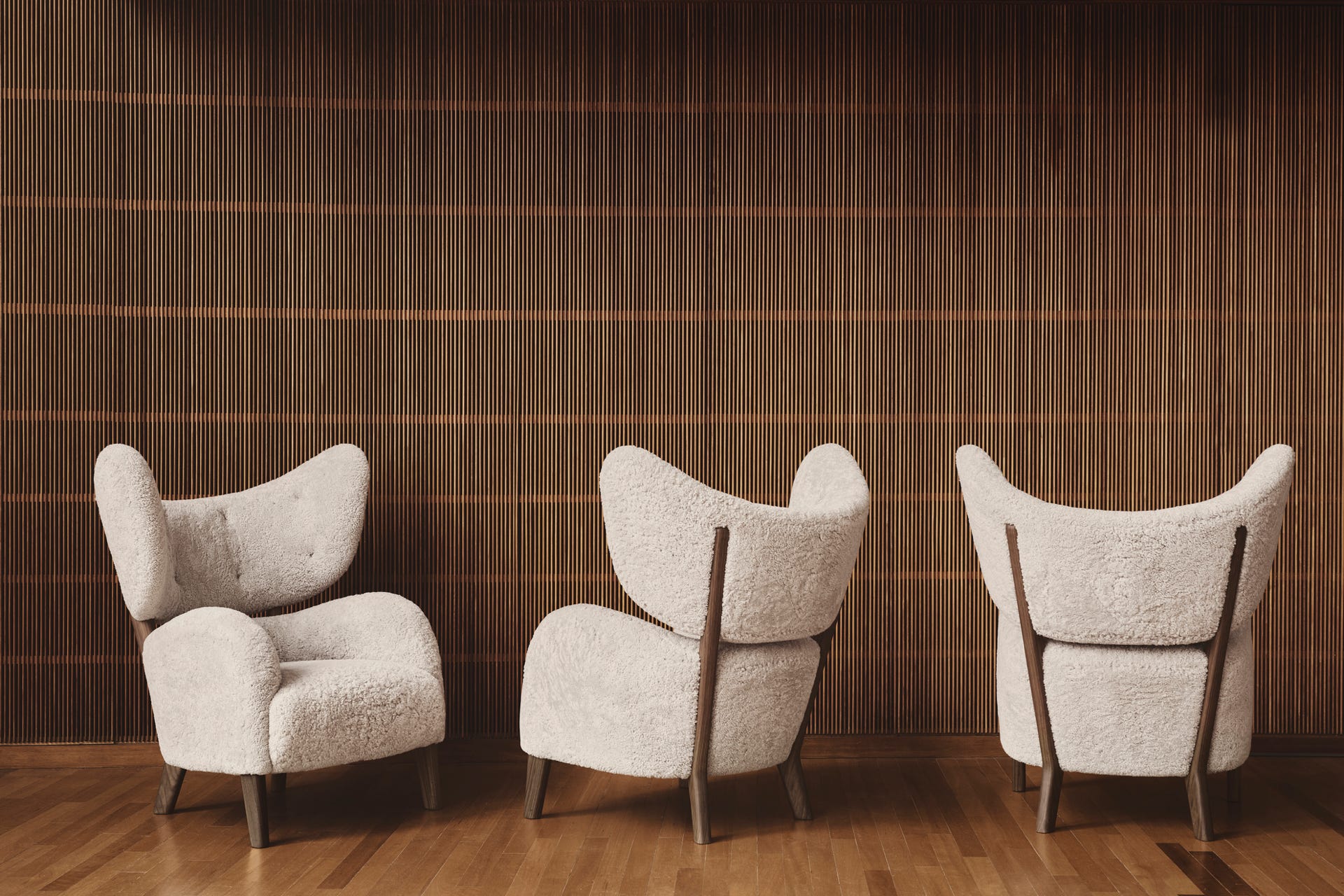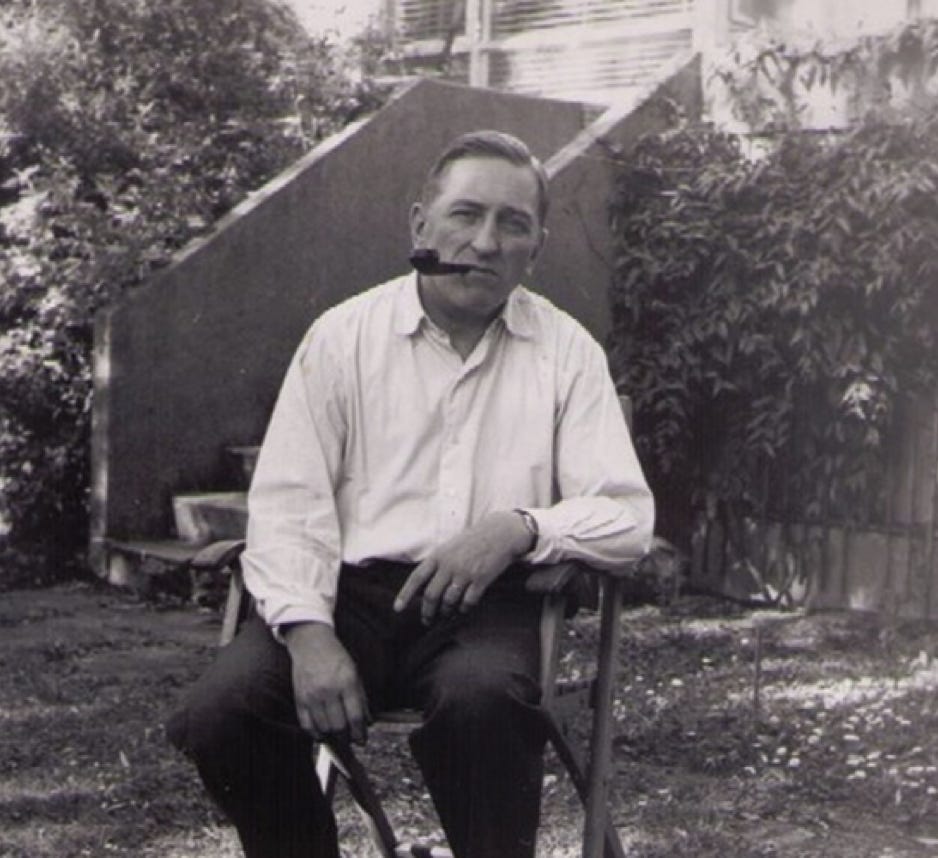
Flemming Lassen's iconic My Own Chair was not published until 1938, when it was reissued by By Lassen on its 80th anniversary. This controversial, avant-garde chair was designed for the Copenhagen Cabinetmakers' Guild competition and later became the Lassen family's favourite chair, hence the name.
The My Own Chair has been designed in the same spirit as Flemming Lassen's original chair, reflecting his love of rounded shapes, simple forms and precise details.
Materials Oak or walnut, plywood, webbing, foam, wadding, pocket springs, steel
Lounge chair 88 x 83 x H102 cm – Seat Height 40 cm Ottoman 40 x 58 x H56 cm
Free samples (against deposit)
For more versions of the My Own Chair, contact us.
Flemming Lassen

The architect Flemming Lassen (1902-1984) was a modernist and part of the movement that introduced functionalism to Denmark. He is particularly known for his overstuffed furniture, and received major international recognition in the design world for his armchairs which are now known as the "Flemming Lassen style". Like his brother Mogens Lassen, Flemming knew at an early age that he wanted to become an architect. He was born into a family of artists, with a father who was a decorative painter and a mother who was also a painter. As children, he and his brother spent all their savings on architectural books and their favourite pastime was measuring houses in order to draw them.
The Lassen brothers attended Arne Jacobsen's boarding school, with whom they developed a close friendship. Their relationship continued into adulthood and Flemming Lassen and Arne Jacobsen maintained close ties as colleagues. In 1929, a competition was launched for the design of the "House of the Future" and together they presented their contribution to the exhibition held at the Forum in Copenhagen. The result is the now famous circular house, with a helicopter landing pad on the roof and flat screen TVs on the walls. Their project won first prize in the competition and the 'House of the Future' brought Flemming Lassen and Arne Jacobsen international recognition as leading international architects. Flemming Lassen and Arne Jacobsen continued their partnership by designing buildings such as Søllerød Town Hall and its complete interior.
Flemming continued to design many important buildings throughout the rest of his life, developing several iconic pieces of furniture to complement the interiors of his projects. Today, his designs are rare and distinctive, making them highly attractive to collectors and driving auction prices to record levels. In fact, one of Flemming Lassen's original designs, the Tired Man chair from 1935, holds the record as the most expensive chair ever sold in Denmark. Flemming received numerous awards and grants for his architecture during his lifetime, and his influence on the Scandinavian design scene remains significant to this day.
Ce site web utilise les cookies techniques pour fonctionner.
Vous pouvez les refuser, mais perdrez alors la possibilité d'acheter.
OK
Refuser